The “Renegade Pioneers, Choi, Hong-hi & Ed Parker” The Taekwon-Do-Kenpo relationship
PART 1
See the similarities and differences between two martial art pioneers separated by race, religion, background, and distance! 09/09/2011 08/22/2016
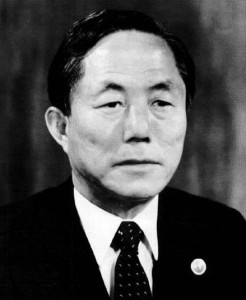
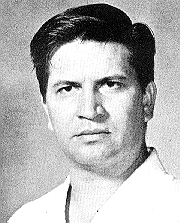
Learn how and why these two men from different cultures, different backgrounds, and different religions found that they could profoundly change how martial arts are looked at and shared and taught throughout the world today. How each man came up with nearly identical theories without having ever met (as far as anyone can tell), how each man seemed to know about the other art just by its descriptions, and how each man defined and redefined there martial art of choice that no other (nearly) martial artist has done. The journey that both of these great martial artists took was long ago, during different generations, from different nations, and even different styles. The age difference (13 years) between the two is interesting in that both men “defined” their martial art at about the same time.
Both men sought to give new names, sometimes recycling older names and at other times just redefining terms for their martial art. There are also striking differences. Grandmaster Choi was short, standing only about five feet (152 cm), and was always slight in build, while Grandmaster Parker was 6 feet (183 cm) and always had a stocky build. Grandmaster Choi, commonly called “General Choi” (he was a General in the South Korean Army from its birth and until his forced retirement in 1962, Gen. Choi has also, mainly since his passing been referred to as “Founder Choi, or Ambassador Choi.”
Grandmaster Parker was commonly referred to as Senior Grandmaster of the Art (referring to American Kenpo) but his senior students usually just called him by the humble moniker of Mr. Parker or the “old man” (just never to his face).
Grandmaster Choi started to learn Karate (Shotokan) while he was a student worker in Japan in the 1930s and Mr. Parker started to learn the art of Kenpo after first studying Judo and Western-style boxing. Gen. Choi learned more out of self-preservation (as he was born in an occupied and later war-torn country) than did Mr. Parker (who was brought up in a rough US territory or Honolulu, Hawaii, not a state when he was born there. Gen. Choi lived in a world where his own country was occupied by another race of people and Mr. Parker lived in “paradise” but even paradise has its tough areas.
Much has been written about both, Ed Parker has been written about more after his passing by many of his direct students like Lee Wedlake and his books like “Lessons with Ed Parker” and Rich Hale and “The Kenpo Journal” and many others. More was written about General Choi while he was alive oddly enough, this site has what may be the most complete info and interviews of General Choi, GM Kimm, He-young had an extensive interview before his death in Taekwondo Times, and has a book on the history of Taekwondo since.
One of the most striking similarities is the use of Mr. Parker and his “Marriage of Gravity/Gravitational Marriage” and Gen. Choi’s “sine wave.” Both had seemed to develop this concept in terms of use in the martial arts sometime before the 1980s but both define them in the late seventy or early eighty’s. “Marriage of Gravity” is defined as “The uniting of mind, breath, and strength while simultaneously dropping your body weight along with the execution of your natural weapon(s). Timing all of these factors with dropping your body weight greatly adds to the force of your strikes. This combined action causes a marriage with gravity and makes vertical use of BODY MOMENTUM while employing the dimension of HEIGHT. (ED PARKER’S ENCYCLOPEDIA OF KENPO 1992 ISBN 1-4392-4198-8) The term “Sine Wave” Sine wave motion is a movement unique to the original Taekwon-do to create maximum force in every moment according to the theory of power. In almost every moment this sinewave is utilized. The sine wave is natural and simple, and often I heard an instructor say: “Simple and natural = beautiful”.
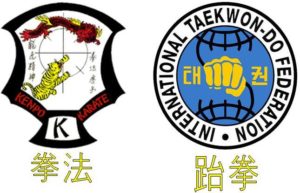
What we do by performing this sine wave in Taekwon-do techniques is move the center of our body mass using a motion, which would look like a sinus wave if we drew it.
There are some key benefits to using sine waves that are linked to the training secrets of Taekwon-Do. Moving our center of mass in the motion of a sine wave requires us to keep our arms and legs bent while the body is in motion. To keep the arms and legs bent during motion we need to be relaxed. Relaxing the body adds speed to a technique because we are not all tensed up with one part of the body working against another. Small speed increases produce large increases in the power of a technique.
Secondly, when employing a sine wave we have to use the knee spring properly. That is to say, bending the knee is what moves our body up and down as we move forward. Using the knee spring while our body is in motion allows our center of mass to travel along a curve, which by definition is another form of acceleration, which then helps us accelerate into a target. Explanation of sinewave by the founder of Taekwon-Do – General Choi Hong Hi – during a seminar in Poland (1999).
Finally, when using the sine wave we are dropping our body downwards at the end of the technique with helps us use gravity to our advantage and keep our acceleration building until the point of impact. As you read the two, the concepts are similar, but yet, not the same, although the result is. These two terms, tend to be the most striking, however, both gentlemen, also defined or redefined the terms used. Both sought to standardize the terms used to make teaching their arts not more “simple” but more of an ability to teach as many as possible to promote their arts to the masses.
Both Grandmasters were very protective of their art and both handled them differently but with nearly the same results. Of course, Gen. Choi being Korean had his belief system firmly based on the Neo-Confucianism thought of “teacher/student”, “father/son” etc. And early on he did follow this code of conduct closely, but as time went by he learned and followed a loser version of that code and in part created some of the issues that befell his beloved ITF®. Grandmaster Parker followed a more “family” or “extended family” concept in his art and it too served him well….until his passing much to the dismay of many, the IKKA fell apart very quickly after his death, however, the ITF started to fragment before the Generals passing.

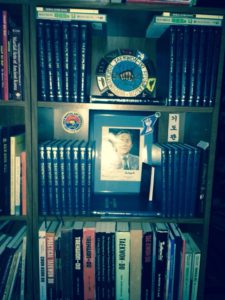
Both Grand Masters used what they considered “encyclopedias” to help define their art. General Choi used an extensive 15 volumes with over 5000 pages and something around 29000 photos. Grandmaster Parker used a five-volume plus one Encyclopedia of Kenpo which I believe was published after his death. The Encyclopedia of Kenpo was about 140 pages in one volume and was an explanation of the terms he used to define his art, and the 5 volume set is called Ed Parker’s Infinite Insights Into Kenpo each set had about 130 pages, and he also produced in limited numbers Ed Parker’s Kenpo Karate Accumulative Guide binders to his instructors I do believe Grandmaster Parker would have updated and produced more books to go with his publications as he was always trying to come up with new and better ways to communicate his art. General Choi was just learning to use the internet to spread his martial art, I have no doubts Ed Parker would have been one of the first to embrace this medium.
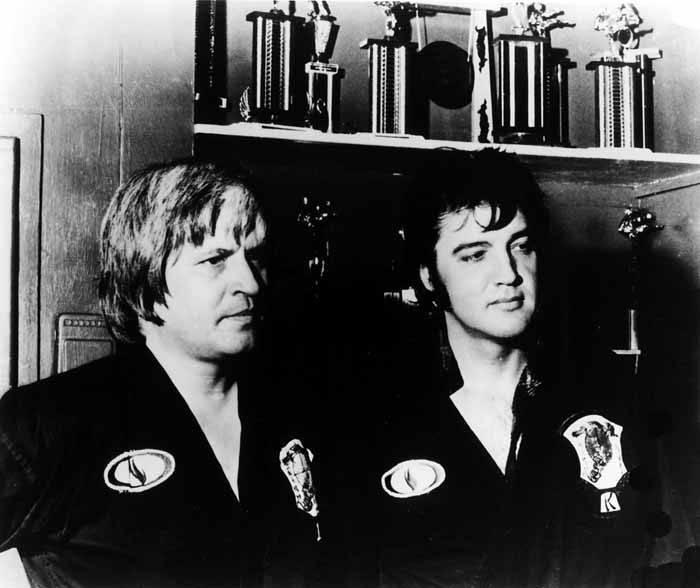
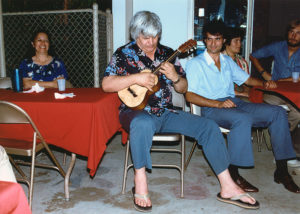
Another interesting facet of this gentleman is their love of music. Both in their ways were musicians, but they both loved music. Anyone who spent time with General Choi at social events knows he at times would get out and “cut the rug” but he would always tap his feet to the music he liked and he talked about how in his youth he would sing and was quite good at it. Ed Parker was known to sing and play the guitar and ukulele at his social functions and was of course a big fan and instructor/mentor to the “King” himself, Elvis Presley.
https://itunes.apple.com/podcast/lee-wedlakes-kenpo-karate-mp3/id381705015?mt=2
![]()
One thought on “The “Renegade Pioneers”, Choi, Hong-hi & Ed Parker”
Leave a Reply
You must be logged in to post a comment.
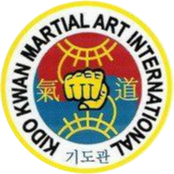

Great post, you have pointed out some great details , I as well think this s a very excellent website.